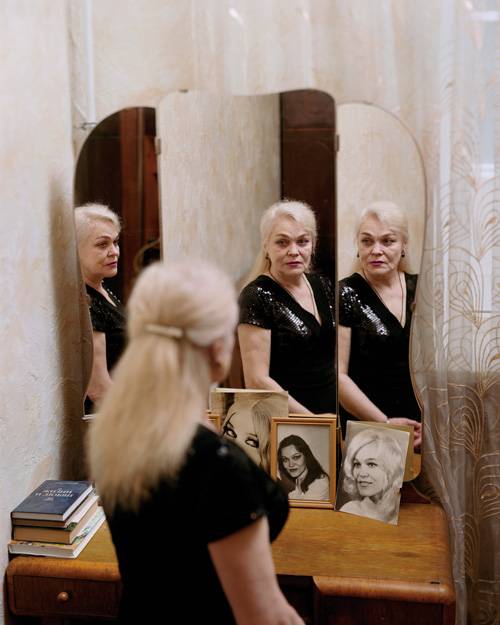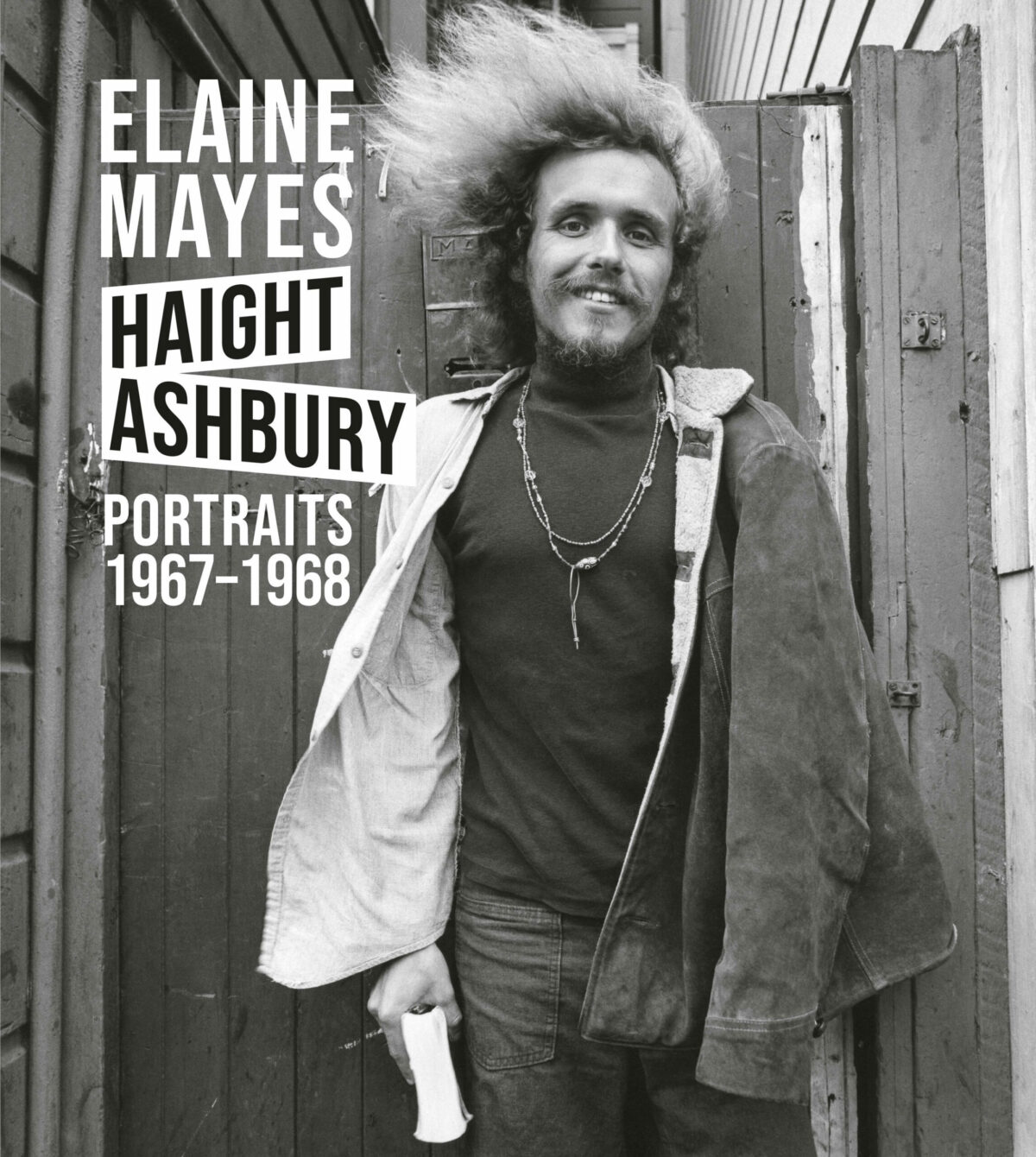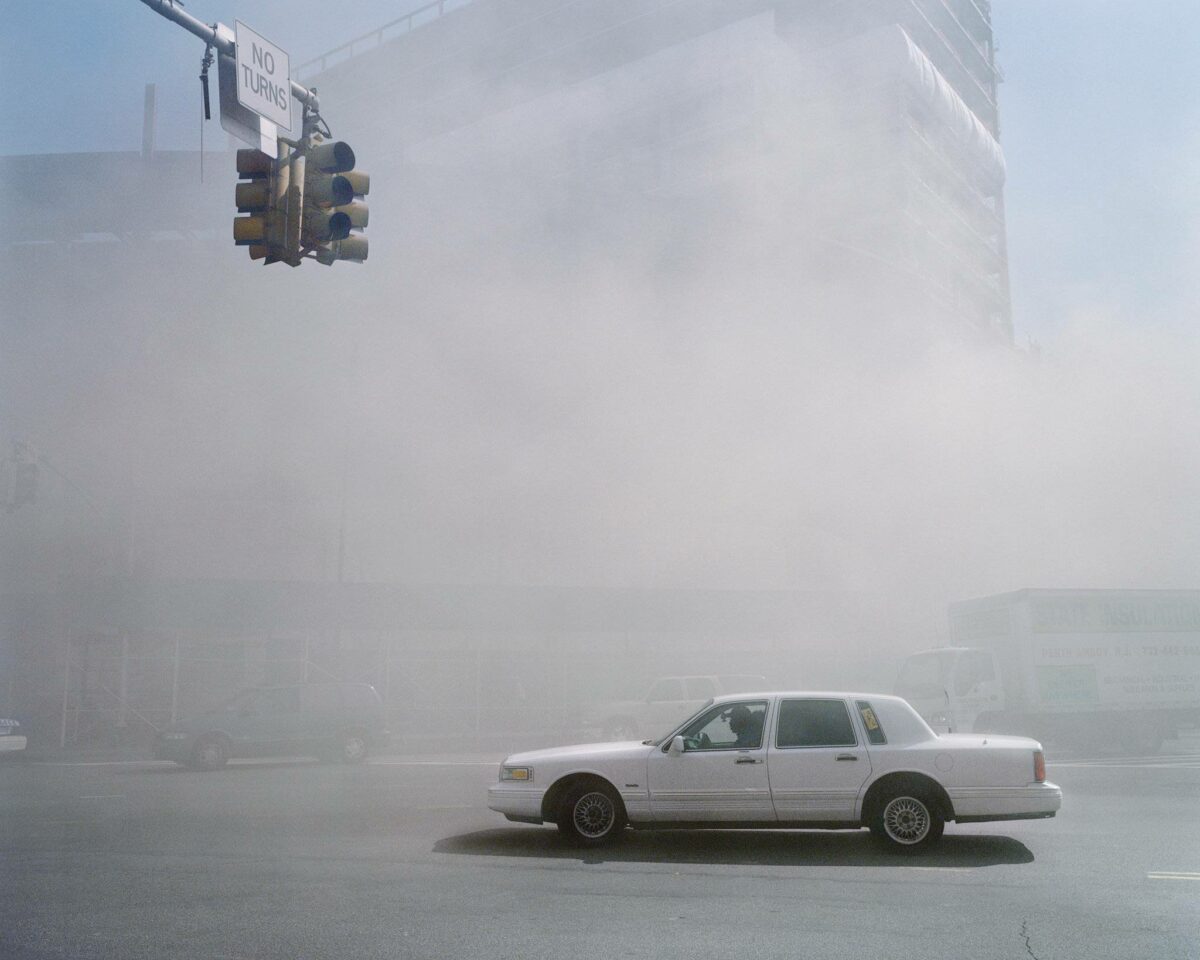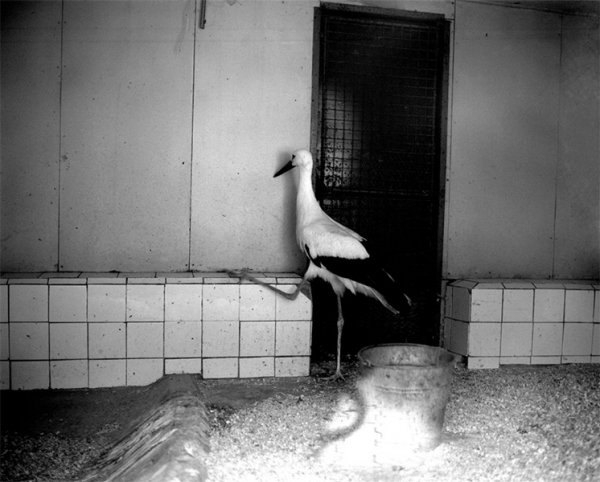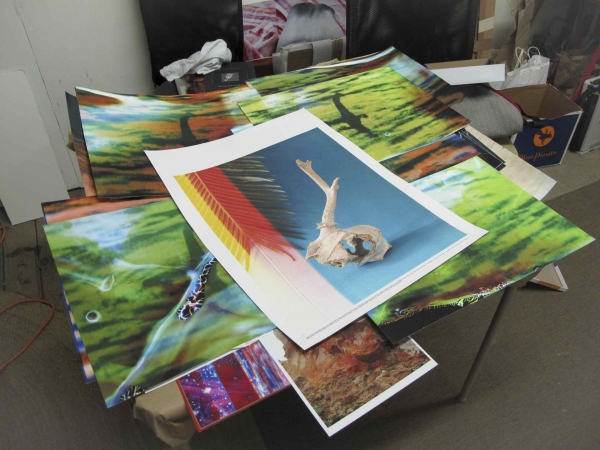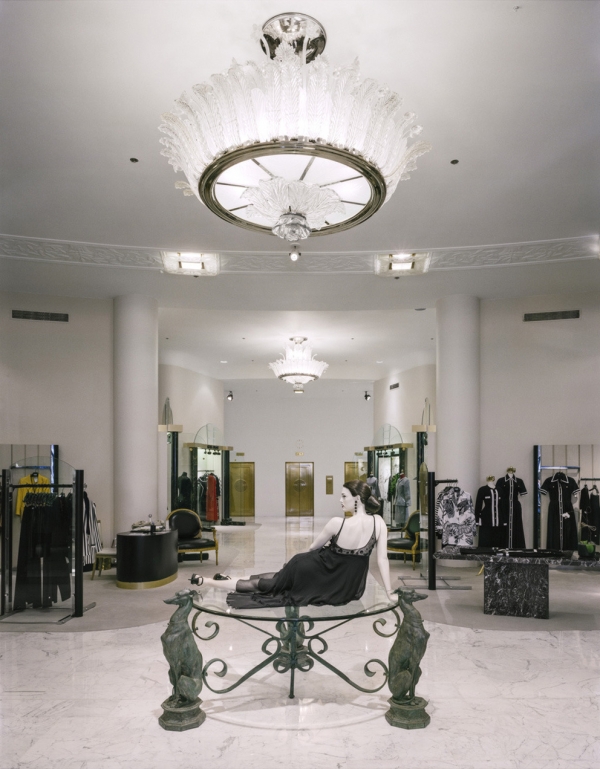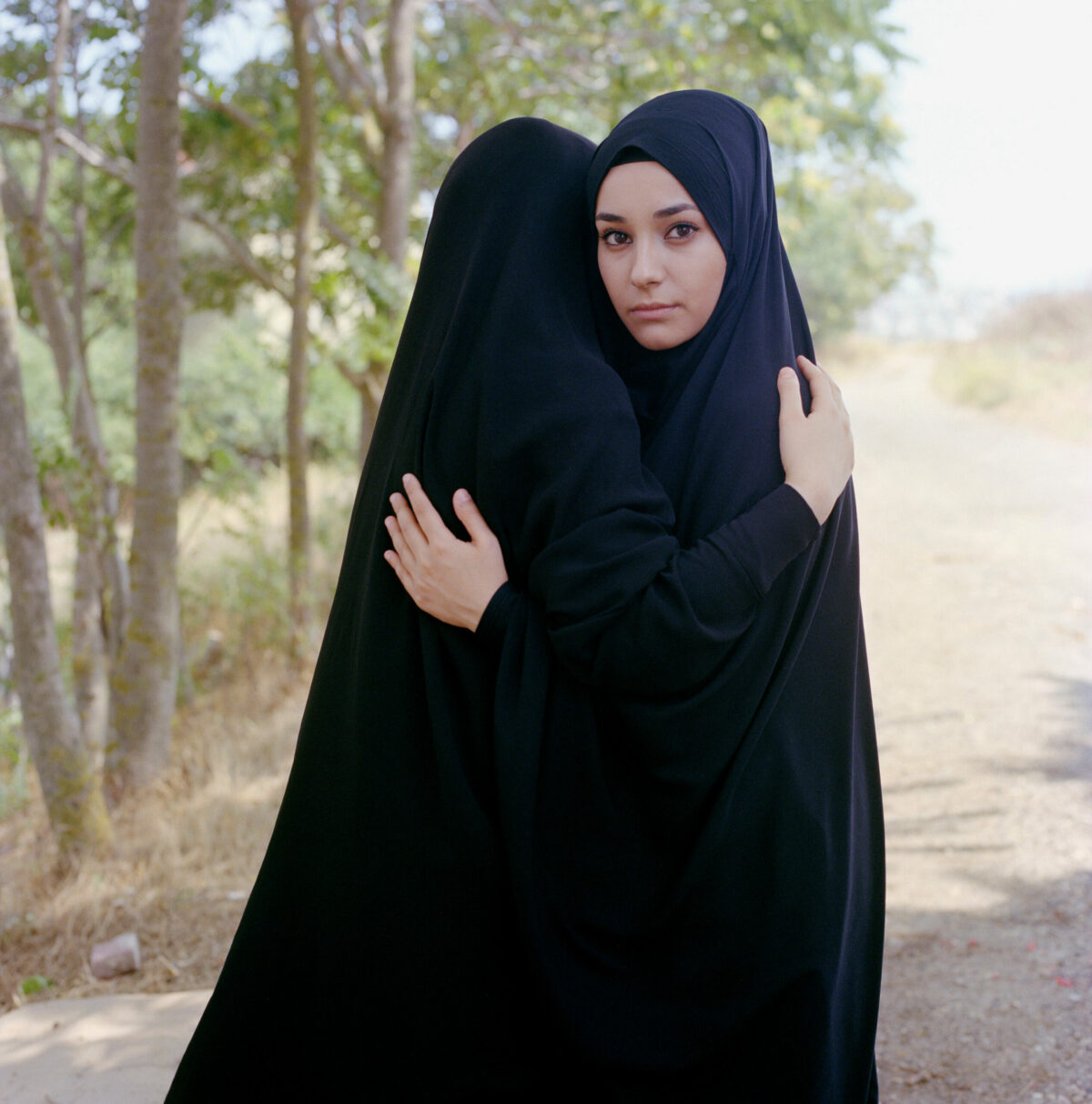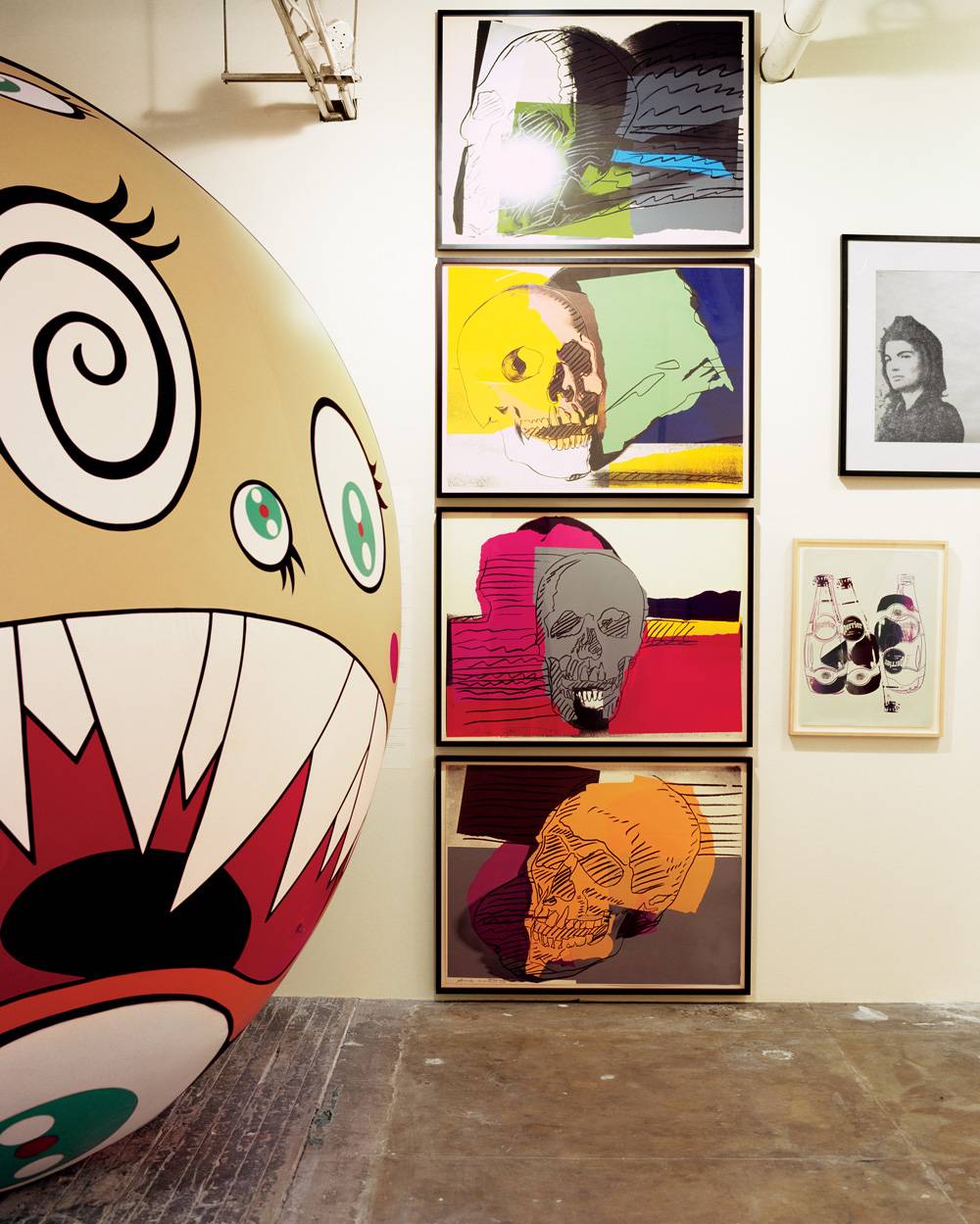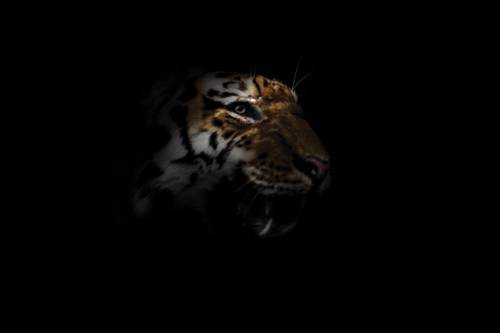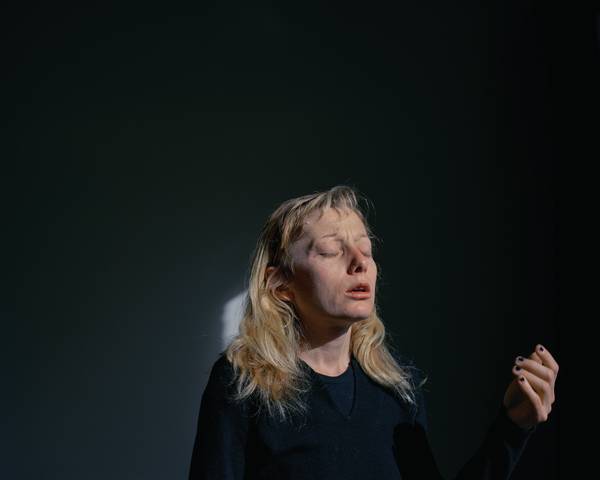

Along with human subjects, books figured prominently in Katy Grannan’s curatorial effort at Fraenkel Gallery, an eclectic bricolage held together by the literary specter of the Carson McCullers Southern Gothic novel after which the show was titled. Because Grannan’s own photographs – of edgy, isolated characters seen in harsh, preternatural light – have such a strong aesthetic, this exhibition served as much to illuminate her approach as to introduce a group of emerging artists. Many of these were recent MFA grads, a welcome gesture in a gallery known for its tony roster. While the show’s themes were rooted in pathos, a conviviality was expressed in abundance – there were 66 works, by 18 artists, on view, many installed to create unexpected relationships.
While some works revealed an explicit connection to Grannan’s – Elizabeth Bick’s isolated blonde woman and Matthew Connors’s man in white tennis shorts, both of whom express an ambiguous anguish – the show was fleshed out with material suggesting edgy interpersonal narratives. Photographs by Dru Donovan and Bryson Rand did this with off-kilter sensuality, while five quirky videos by Christopher Miner expressed discomfiting mergers of racial tension, religious influence, hip hop, and Southern humidity. The tone of these works formed a framework of longing that brought more elusive pieces into focus. Heather Rasmussen’s brightly colored, Elad Lassry-like still lifes expressed unlikely partnerships, while David Alekhuogie’s photographs brought together objects like album covers and darkroom equipment to construct identity through object relations. So did a series of snarky, socially conscious faux book covers by David M. Stein.
Grannan also included five artists from Creative Growth, a revered workshop for the developmentally disabled, in the show. The paint on found photographs by Alice Wong segued from document to invented space. The late Judith Scott, perhaps the best-known artist in the exhibition, was represented by a fiber-wrapped object the size of a small child resting on a pedestal – a haunting abstract effigy that lent a human soul to this absorbing, idiosyncratic exhibition.

